





Intershop to Joomshopping
Migrating your store from Intershop to Joomshopping might seem daunting, but with proper planning and the right tools, it's a smooth process. Follow this step-by-step guide to ensure a successful transition.
Schedule a call
Step-by-Step Migration Guide: Intershop to JoomShopping Migration Guide
Step 1: Assessing Your Current Intershop Setup
In this initial step, we will evaluate your existing Intershop store setup, including data structure, customizations, and functionalities, to create a comprehensive migration plan.
Step 2: Data Backup and Export from Intershop
We will execute a comprehensive backup of your Intershop data, ensuring that all essential information is safely stored before initiating the migration process.
Step 3: Setting Up JoomShopping Environment
We will create the necessary environment for JoomShopping by installing Joomla and configuring the platform to prepare for data import.
Step 4: Data Import into JoomShopping
We will import the data exported from Intershop into JoomShopping, ensuring that all products, customers, and orders are accurately transferred.
Step 5: Testing and Quality Assurance
We will conduct thorough testing of your new JoomShopping store to ensure all functionalities work correctly and data is displayed accurately.
Step 6: Launching Your JoomShopping Store
We will officially launch your new JoomShopping store, making it live for customers and ensuring all functionalities are operational.
Step 7: Post-Launch Monitoring and Optimization
We will monitor the performance of your new JoomShopping store post-launch, optimizing for any issues and gathering user feedback for future improvements.
Power Your Step - Get in Touch
Ready to make your migration smooth and efficient? Contact PowerCommerce today to leverage our expert migration support.
Step 1: Assessing Your Current Intershop Setup
Before we begin the migration process from Intershop to JoomShopping, it is essential to thoroughly assess your current Intershop setup. This evaluation serves multiple purposes: it helps us understand the existing data structure, identifies any custom functionalities that need to be replicated in JoomShopping, and lays the groundwork for a smooth transition. By detailing the current configuration, we can create a tailored migration plan that addresses all aspects of your ecommerce operations.
Begin by gathering all relevant information regarding your Intershop store. This includes:
- Data Inventory: Document the types of data you have, such as product listings, customer information, order history, and any custom fields or attributes.
- Custom Functionalities: Identify any custom plugins, themes, or integrations that enhance your store's functionality.
- Store Performance Metrics: Analyze your current traffic, sales, and conversion rates to establish benchmarks for your new JoomShopping store.
This assessment will allow us to identify which elements are crucial for your new setup and ensure that no data is lost during the migration process. Additionally, understanding your current setup will enable us to align the migration with your business objectives, ensuring that the new store meets or exceeds your performance goals.
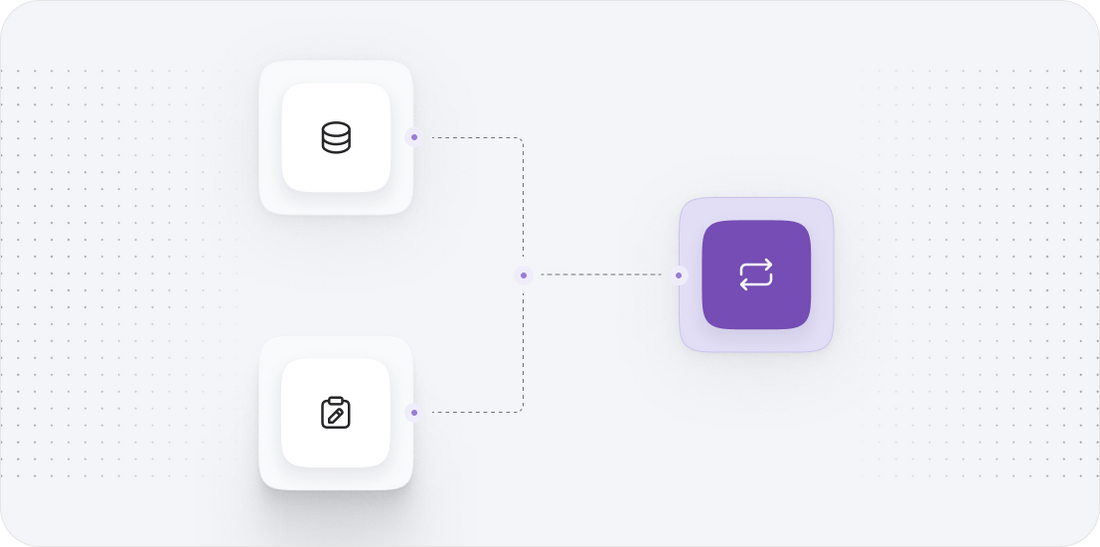
Step 2: Data Backup and Export from Intershop
Data integrity is paramount during any migration process. Therefore, the second step involves performing a complete backup of your Intershop store's data. This ensures that you have a reliable copy of all information in case of any issues during the migration. We recommend following these detailed steps to effectively backup and export your data:
- Access the Intershop Backend: Log in to your Intershop admin panel and navigate to the data management section.
- Export Data: Utilize the export functionality to download essential data types, including:
- Product data (including descriptions, prices, and images)
- Customer information (including contact details and order history)
- Order data (including transaction histories)
- Any additional custom data fields relevant to your operations
- Choose Export Format: Select an appropriate format for the export, commonly CSV or XML, as these formats are widely supported by JoomShopping.
- Save Backup: Store the exported files securely on your local system or cloud storage, ensuring they are easily accessible for the next steps in the migration process.
After completing the backup, verify the integrity of the exported files by checking for completeness and accuracy. This backup serves as a safety net, enabling you to revert to your previous setup if necessary.
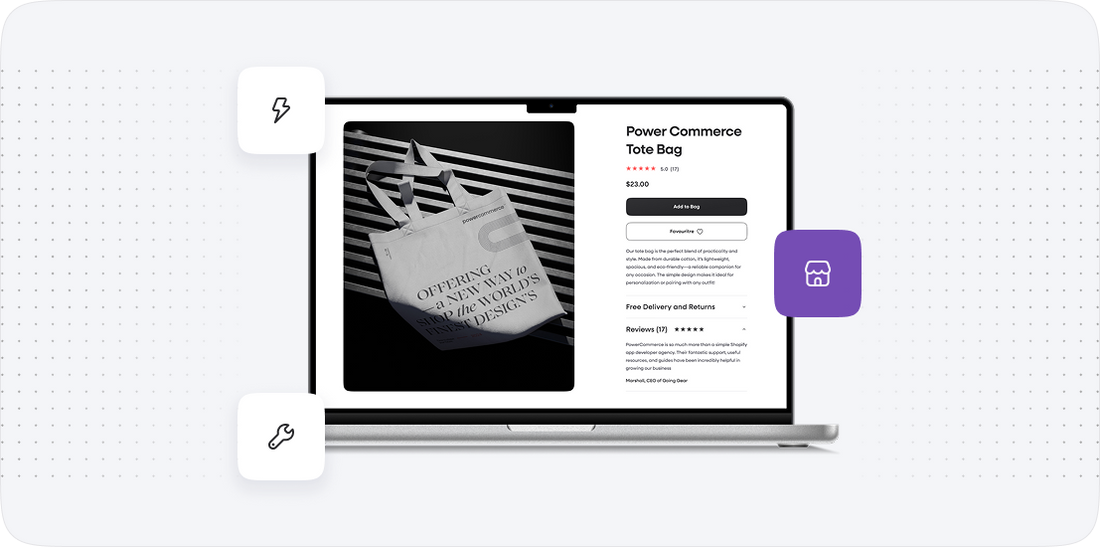
Step 3: Setting Up JoomShopping Environment
With your data securely backed up, the next step is to set up your JoomShopping environment. This involves installing Joomla and the JoomShopping extension, ensuring that your new store is ready to accept the migrated data. Follow the steps below to create a robust JoomShopping environment:
- Choose Hosting Provider: Select a hosting provider that is compatible with Joomla. Ensure that the hosting plan meets the performance requirements for your anticipated traffic.
- Install Joomla: Download the latest version of Joomla from the official website. Follow the installation instructions provided by your hosting provider or Joomla documentation to install Joomla on your server.
- Install JoomShopping: Once Joomla is set up, navigate to the Joomla admin panel. Go to the Extensions menu, select 'Manage,' and then 'Install.' Upload the JoomShopping package and install it.
- Configure JoomShopping Settings: After installation, access the JoomShopping settings to configure the basic store settings, including:
- Your store’s name and logo
- Currency and tax settings
- Shipping options
- Payment gateway configurations
- Test the Installation: Run through the basic functionalities of your newly installed JoomShopping store to confirm that everything is working properly before proceeding to data import.
This step ensures that your JoomShopping platform is correctly set up and ready for the next crucial stage of importing your data.
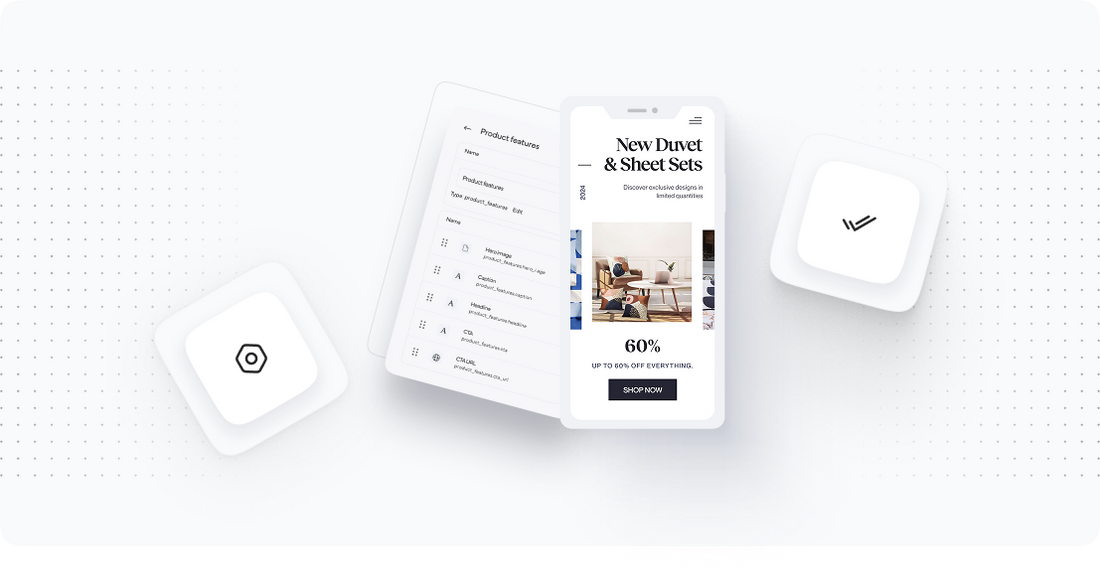
Step 4: Data Import into JoomShopping
Data import is a critical step in the migration from Intershop to JoomShopping. This step involves carefully transferring all relevant data into your new JoomShopping environment while ensuring that data integrity is maintained. Here’s how to execute the data import:
- Access JoomShopping Admin Panel: Log into your JoomShopping admin panel and navigate to the data import section.
- Prepare Import Files: Ensure that the exported files from Intershop are formatted correctly. Depending on the data type, you may need to adjust column headers or formats to match JoomShopping’s requirements.
- Use Import Tools: Utilize JoomShopping's built-in import tools or third-party extensions designed for bulk imports. Follow these steps:
- Select the data type you wish to import (products, customers, orders).
- Upload the respective CSV or XML files.
- Map the fields from your import file to the corresponding fields in JoomShopping.
- Run the Import: Initiate the import process. Depending on the volume of data, this might take some time. Monitor the process for any errors or warnings.
- Verify Imported Data: After the import, review the data within JoomShopping to ensure everything transferred correctly. Check for completeness and accuracy of products, customer records, and order histories.
This step is essential for ensuring that your new store has all the necessary information to operate effectively, allowing you to maintain continuity for your customers and business operations.
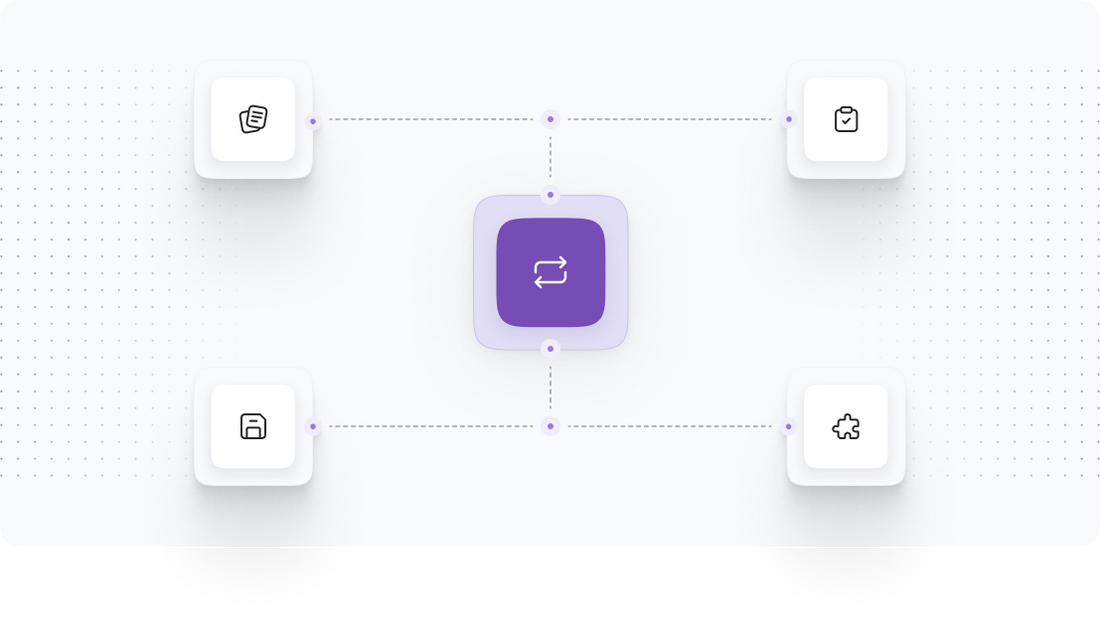
Step 5: Testing and Quality Assurance
With data successfully imported into JoomShopping, the next step is to conduct thorough testing and quality assurance. This process is vital to ensure that your new store functions correctly and that all data appears as expected. Here’s how to approach this step:
- Functional Testing: Test all key functionalities of your JoomShopping store, including:
- Product browsing and filtering
- Shopping cart operations
- Checkout process and payment gateways
- Account creation and login processes
- Data Verification: Cross-check a sample of products, customers, and orders against the original data to confirm accuracy. Ensure that prices, descriptions, and images appear correctly.
- Performance Testing: Evaluate the loading speed and responsiveness of your store. Use tools like Google PageSpeed Insights or GTmetrix to assess performance metrics.
- Security Testing: Conduct security tests to identify any vulnerabilities. Ensure that SSL certificates are properly configured and that data encryption is in place for transactions.
- Feedback Loop: If possible, involve a small group of trusted users to perform user acceptance testing (UAT). Gather their feedback on usability and functionality.
This comprehensive testing phase helps to identify any issues before launching your new store, ensuring a seamless experience for your customers once the migration is complete.
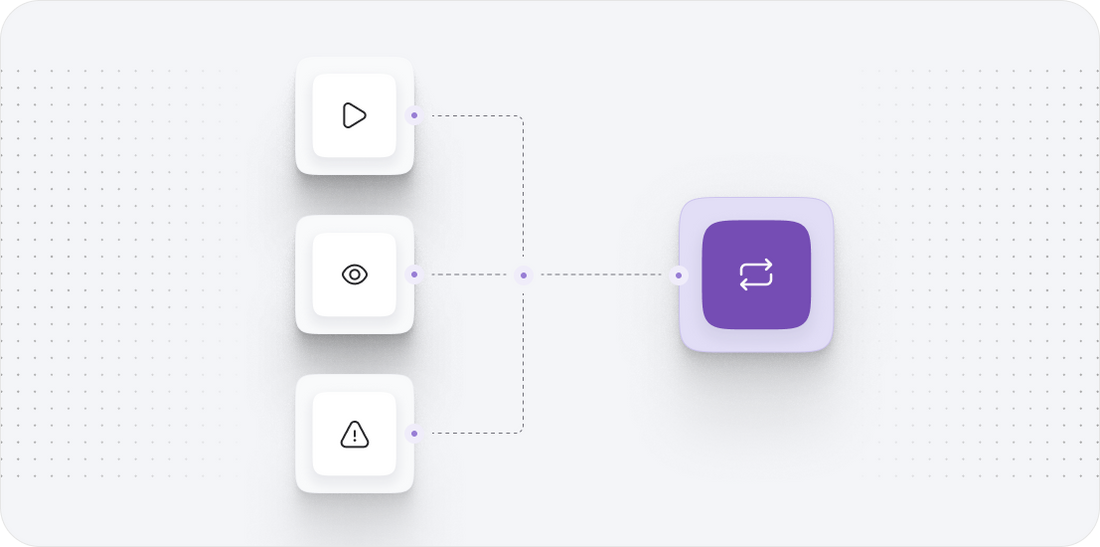
Step 6: Launching Your JoomShopping Store
After completing testing and quality assurance, the next step is to prepare for the launch of your new JoomShopping store. This phase is exciting, as it marks the transition from your old platform to a fresh start with JoomShopping. Follow these steps for a successful launch:
- Final Checks: Conduct one last review of your store settings, including payment gateways, shipping options, and tax settings. Ensure everything is configured correctly for live transactions.
- SEO Setup: Optimize your store for search engines by setting up SEO-friendly URLs, meta descriptions, and alt texts for images. Use tools such as Google Search Console to monitor indexing.
- Redirects and URLs: If you are changing domains or URLs, set up 301 redirects from the old Intershop URLs to the corresponding new JoomShopping URLs. This helps retain SEO rankings and directs customers to the right pages.
- Launch Announcement: Inform your customers about the new store launch through email newsletters and social media channels. Highlight new features or improvements to encourage traffic.
- Go Live: Officially launch your JoomShopping store by removing any maintenance mode settings. Monitor the store closely for any immediate issues.
This launch phase is critical for creating a positive first impression on your customers and ensuring a smooth transition to your new online presence.
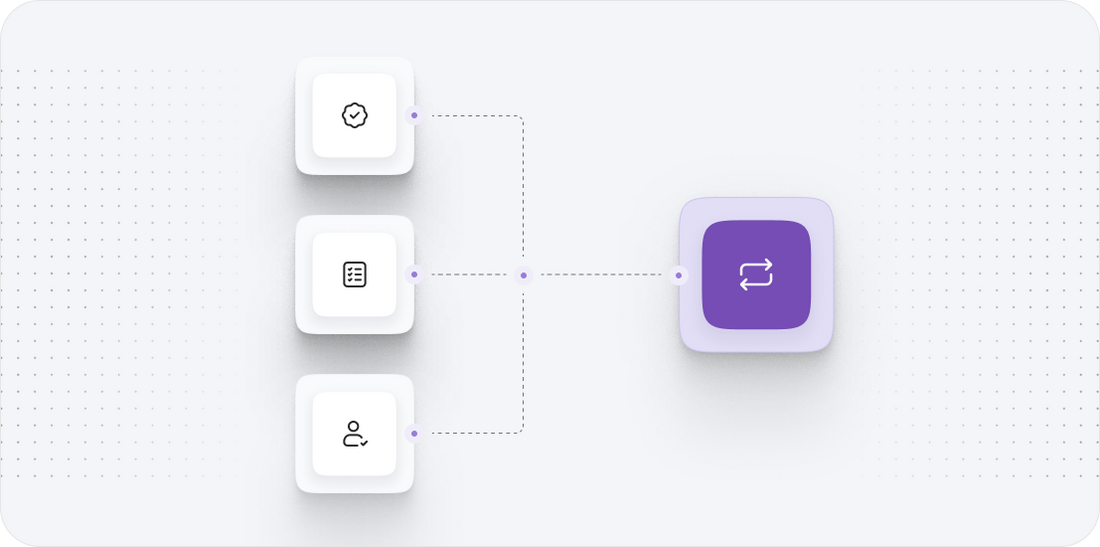
Step 7: Post-Launch Monitoring and Optimization
Once your JoomShopping store is live, the final step involves ongoing monitoring and optimization to ensure everything runs smoothly. Post-launch activities are crucial for identifying any issues and improving the user experience. Here are the steps we recommend:
- Monitor Analytics: Use analytics tools to track user behavior, sales performance, and traffic sources. Analyze data to identify trends and areas for improvement.
- Customer Feedback: Encourage customers to provide feedback through surveys or direct communication. Use this input to make informed decisions about future updates or changes.
- Performance Optimization: Continually assess the performance of your store. Optimize loading speeds, check for broken links, and ensure that all functionalities work as intended.
- Regular Updates: Keep the JoomShopping and Joomla platforms up to date, applying security patches and updates as they become available. This is essential for maintaining security and performance.
- Plan for Future Enhancements: Based on analytics and feedback, develop a roadmap for future enhancements, additional features, and marketing strategies to drive growth.
These post-launch activities ensure that your JoomShopping store remains competitive and aligned with your business goals, enabling ongoing success in the ecommerce landscape.
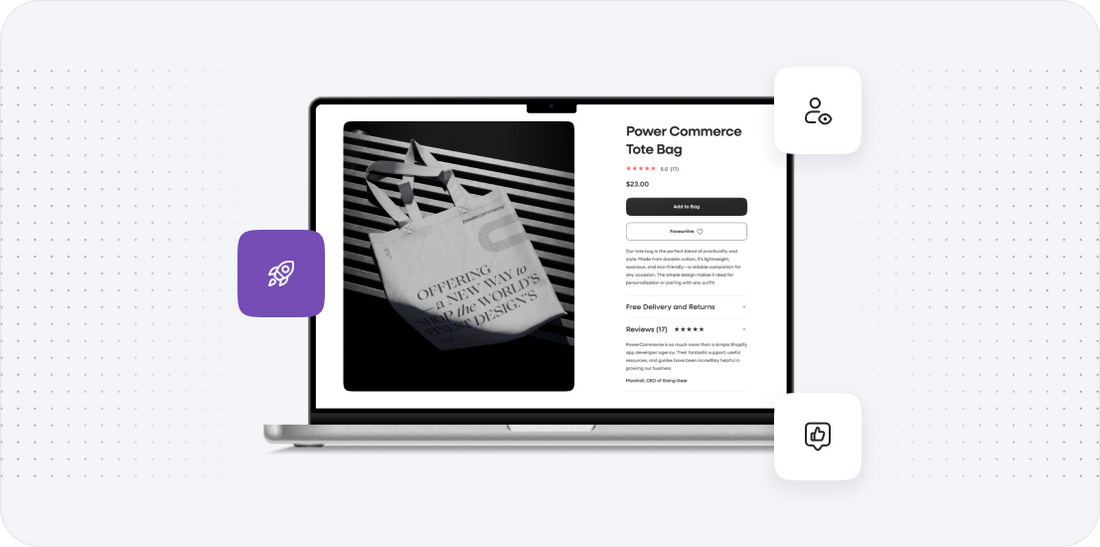
Power Your Step - Get in Touch
Transforming your ecommerce platform from Intershop to JoomShopping is a significant step toward enhancing your online business's growth and performance. At PowerCommerce, we understand the intricacies of platform migration and are committed to ensuring a seamless transition for your business. Our team of experts is ready to assist you every step of the way, providing you with the tools and knowledge necessary for a successful migration.
Contact us today to explore how we can support your migration process:
- Visit our contact form to schedule a consultation.
- Call us directly at 800-099-9090 for immediate assistance.
- Email us at info@powercommerce.com for any inquiries or additional information.
Partner with PowerCommerce and experience the benefits of our customer-centric approach, innovative solutions, and commitment to integrity. Let us help you power your ecommerce success!
Stay aligned on what's happening in the commerce world
Trusted by 1000+ innovative companies worldwide
Schedule Your Migration Today
For businesses prioritizing simplicity, scalability, and robust support, Shopify is the clear winner.
Looking to migrate without hassle? Power Commerce can handle the entire process, ensuring smooth data transfer, store setup, and post-launch success.
Marka Marulića 2, Sarajevo, 71000 BiH
00387 60 345 5801
info@powercommerce.com


